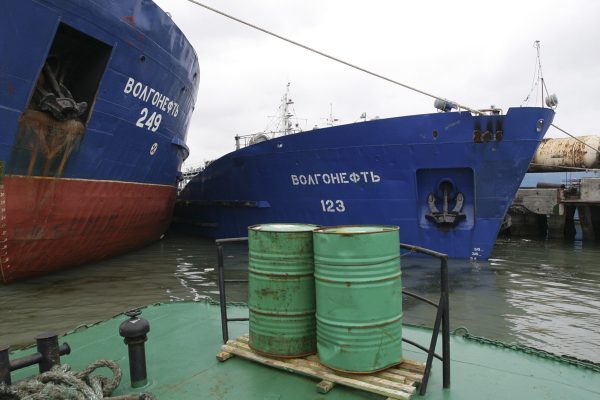Why are some airline passengers nervous about Boeing aircraft, after a door fell off a 737 Max 9 aircraft in flight last month? Because they’re afraid that if the 737’s doors weren’t properly attached, then other items — like an engine — might pop off at 35,000 feet.
It’s not that most 737s are likely to shed their parts. However, it is not totally irrational to wonder whether an aircraft manufacturer that fails in a relatively simple area can do the more complicated stuff.
The European Union (EU) should take note. The 27-member bloc and allies like the UK and Norway are struggling to ramp up production of artillery shells to sustain Ukraine’s war effort and replenish its own depleted stockpiles.
Yet at the same time, various European nations are partnering to develop sophisticated weapons, including a Franco-German main battle tank and a Franco-German-Spanish jet fighter.
But how are you going to high-tech tanks and jets if you can’t even manufacture sufficient quantities of low-tech 155-mm shells little different from those of 1918 or 1945? Little containers of metal and gunpowder that go boom have been around for centuries. If Napoleon could manage to supply his cannon with ammunition, so should modern Europe.
It’s not that Europe isn’t trying. In March last year, 18 European nations agreed to send 1 million 155-mmm shells to Ukraine within 12 months and replenish European national stockpiles after that.
That’s not exactly a cornucopia of firepower compared to Russia’s 20,000 per day, or more than 7 million per year. But it would have nicely supplemented US production, which has doubled to 28,000 per month as of October and may rise to 80,000 per month. With Ukraine rationing ammunition down to as few as 2,000 shells per day, those European munitions would have been more than welcome in a conflict where artillery has become the dominant weapon.
However, as of December, the EU had only delivered 300,000 shells, with Germany’s defense minister questioning whether a million rounds in a year was ever realistic. There seems to be a confluence of obstacles, including higher prices for European shells — which are manufactured in private plants — versus American shells that are made in government-owned factories.
European firms are reluctant to invest in additional capacity without assurances of long-term government contracts, nor can they get funding from European banks that until recently have feared bad publicity from financing the arms trade. And there is the fragmented, protectionist nature of a loosely united continent, most of whose NATO members can’t even meet the alliance’s goal of 2% of GDP spent on defense.
All of which makes discussions about developing pan-European tanks and stealth fighters a bit surreal. Not that making howitzer shells and stealth fighters are incompatible. Nations with regional and global interests need both. Wealthy, industrialized, and technologically advanced countries should be able to manufacture both, either as national or multinational projects.
Still, you have to master the basics, including the ability to muster the manufacturing, financial, and political resources to implement a long-term plan. The Future Combat Air System (FCAS) fighter probably won’t fly until around 2040 at best. The €3.2bn ($3.4bn) contract awarded to several big aerospace companies in 2022 is only a fraction of the estimated €100bn cost of a project that will span decades, and require coordination of design and production across multiple nations.
That’s not an impossible goal, and a European fighter is not a silly idea to those who don’t want to be totally dependent on American-made aircraft. The question is what Europe should be focusing on right now. Given the implications for European security of a Russian defeat of Ukraine, artillery shells this year are more important than jet fighters in 2040.
Michael Peck is a defense commentator. He can be found on Twitter and LinkedIn.
Europe’s Edge is CEPA’s online journal covering critical topics on the foreign policy docket across Europe and North America. All opinions are those of the author and do not necessarily represent the position or views of the institutions they represent or the Center for European Policy Analysis.





